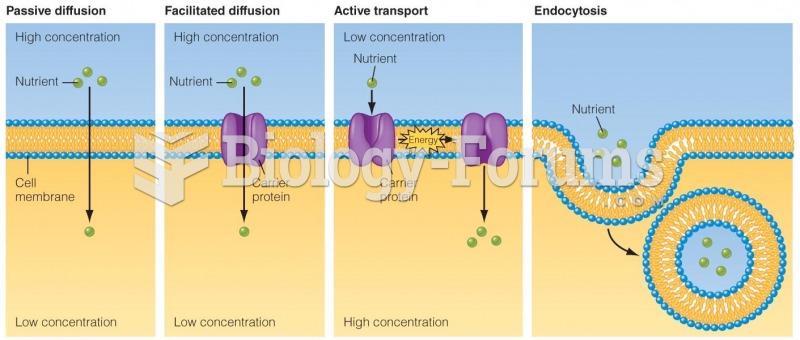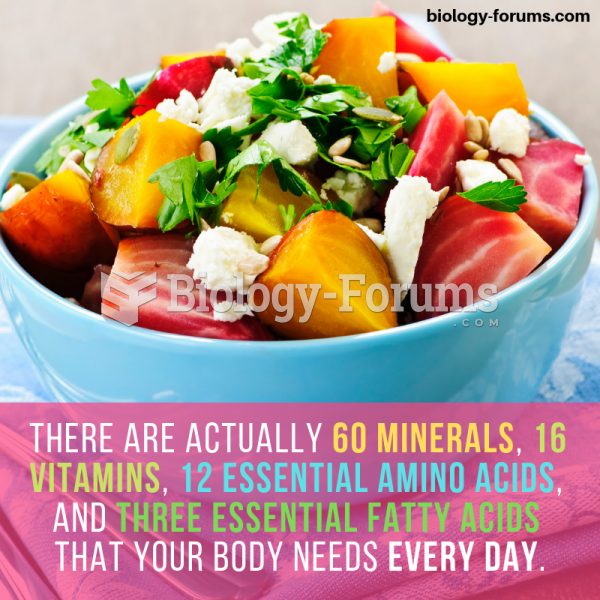Answer to Question 1
b
Answer to Question 2
The socioecological theory for why certain meats are avoided suggests that if an animal is more valuable alive than dead or, conversely, if it does not fit well into the local ecology or economy, consumption will be prohibited. Religious dietary codes often reinforce preexisting food practices and prejudices. When reviewing the history of pork in the Middle East, for example, archeological records show it was part of the ancient diet. But by 1900 BCE, pork had become unpopular in Babylonia, Egypt, and Phoenicia, coinciding with an expanding population and deforestation of the region. Pigs compete with humans for food sources. Additionally, they do not thrive in hot, dry climates. Cows, goats, and sheep, on the other hand, can graze over large areas and survive on the cellulose in plants unavailable to human metabolism. And they need no protection from the sun. The nomadic Hebrews were unlikely to have herded pigs in their early history, and by the time they settled there was a broad aversion to pigs by many Middle Easterners. The first followers of Mohammed were also pastoral people, which may explain why the only explicitly prohibited animal flesh in Islam is pork.
The socioeconomic theory is useful in examining other meat prohibitions. In India, where beef is banned for Hindus, cattle are the primary power source in rural farming communities due to the expense of tractors. Further, cattle provide dung that is dried to produce a clean, slow-burning cooking fuel, and cows provide milk for the dairy products important in some vegetarian fare. Even dead cows serve a purpose, providing the very poor with scavenged meat to eat and skins to craft leather products. The value of cattle in India is reinforced by religious custom.







